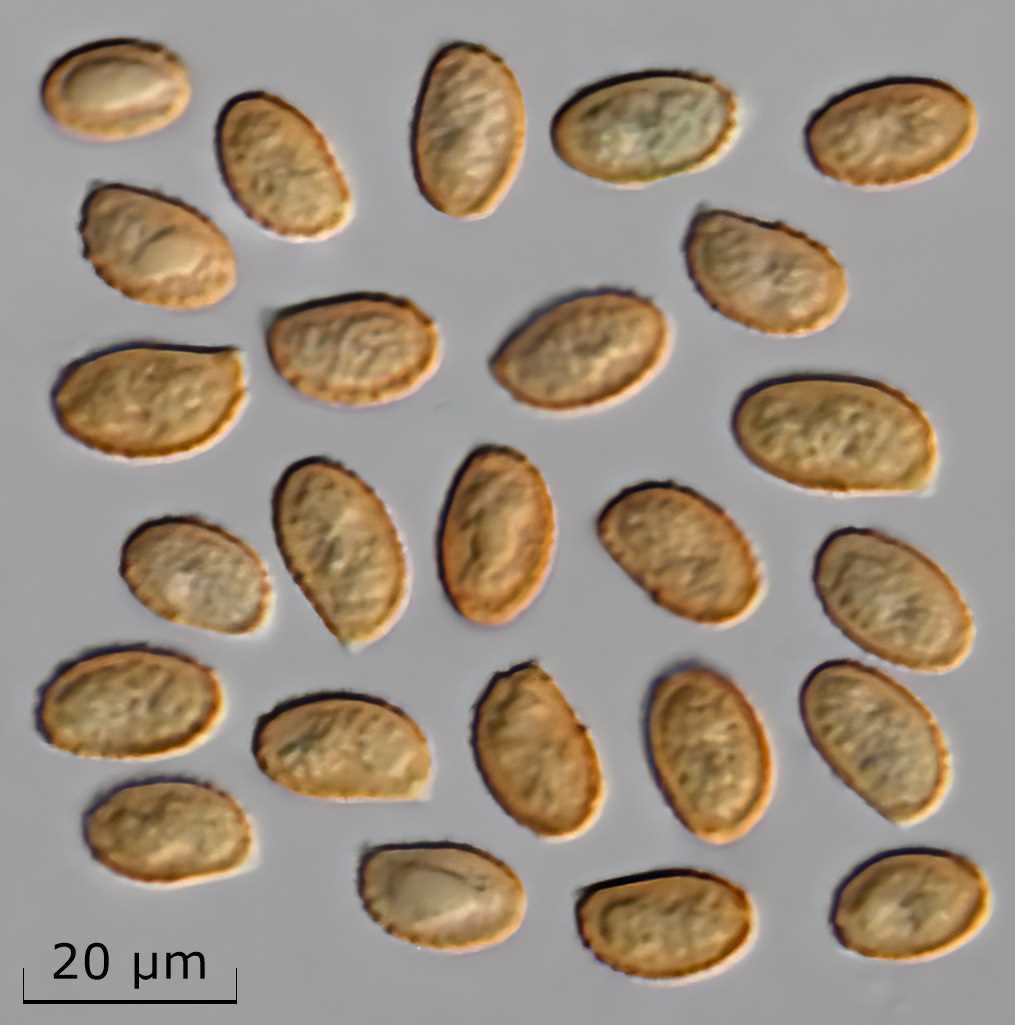|
Gymnopilus Pachycystis
''Gymnopilus pachycystis'' is a species of mushroom-forming fungus in the family Hymenogastraceae. It is found in Central America Central America is a subregion of North America. Its political boundaries are defined as bordering Mexico to the north, Colombia to the southeast, the Caribbean to the east, and the Pacific Ocean to the southwest. Central America is usually .... See also * List of ''Gymnopilus'' species References pachycystis Fungi of Central America Fungi described in 1989 Taxa named by Rolf Singer Fungus species {{Hymenogastraceae-stub ... [...More Info...] [...Related Items...] OR: [Wikipedia] [Google] [Baidu] |
Rolf Singer
Rolf Singer (June 23, 1906 – January 18, 1994) was a German mycologist and Taxonomy (biology), taxonomist of gilled mushrooms (agarics). He wrote the book "The Agaricales in Modern Taxonomy (biology), Taxonomy". He fled to various countries during the Nazism, Nazi period, pursuing mycology in the Soviet Union, Argentina, and finally the United States, as mycologist at the Field Museum in Chicago. Career After receiving his Ph.D. at the University of Vienna in 1931 he worked in Munich. By 1933, however, Singer left Germany for Vienna due to the political deterioration in Germany. There he met his wife, Martha Singer. From Vienna, Singer and his wife went to Barcelona, Spain, where Singer was appointed assistant professor at the Autonomous University of Barcelona. Persecution by the Spanish authorities on behalf of the Germany, German government forced Singer to leave Spain for France in 1934. After a fellowship at the Museum d'Histoire Naturelle in Paris, Singer again moved, t ... [...More Info...] [...Related Items...] OR: [Wikipedia] [Google] [Baidu] |
Mushroom
A mushroom or toadstool is the fleshy, spore-bearing Sporocarp (fungi), fruiting body of a fungus, typically produced above ground on soil or another food source. ''Toadstool'' generally refers to a poisonous mushroom. The standard for the name "mushroom" is the cultivated white button mushroom, ''Agaricus bisporus''; hence, the word "mushroom" is most often applied to those fungi (Basidiomycota, Agaricomycetes) that have a stem (Stipe (mycology), stipe), a cap (Pileus (mycology), pileus), and gills (lamellae, sing. Lamella (mycology), lamella) on the underside of the cap. "Mushroom" also describes a variety of other gilled fungi, with or without stems; therefore the term is used to describe the fleshy fruiting bodies of some Ascomycota. The gills produce microscopic Spore#Fungi, spores which help the fungus spread across the ground or its occupant surface. Forms deviating from the standard Morphology (biology), morphology usually have more specific names, such as "bolete", " ... [...More Info...] [...Related Items...] OR: [Wikipedia] [Google] [Baidu] |
Fungus
A fungus (: fungi , , , or ; or funguses) is any member of the group of eukaryotic organisms that includes microorganisms such as yeasts and mold (fungus), molds, as well as the more familiar mushrooms. These organisms are classified as one of the kingdom (biology)#Six kingdoms (1998), traditional eukaryotic kingdoms, along with Animalia, Plantae, and either Protista or Protozoa and Chromista. A characteristic that places fungi in a different kingdom from plants, bacteria, and some protists is chitin in their cell walls. Fungi, like animals, are heterotrophs; they acquire their food by absorbing dissolved molecules, typically by secreting digestive enzymes into their environment. Fungi do not photosynthesize. Growth is their means of motility, mobility, except for spores (a few of which are flagellated), which may travel through the air or water. Fungi are the principal decomposers in ecological systems. These and other differences place fungi in a single group of related o ... [...More Info...] [...Related Items...] OR: [Wikipedia] [Google] [Baidu] |
Hymenogastraceae
The Hymenogastraceae is a family of fungi in the order Agaricales with both agaric and false-truffle shaped fruitbodies. Formerly, prior to molecular analyses, the family was restricted to the false-truffle genera. The mushroom genus '' Psilocybe'' in the ''Hymenogastraceae'' is now restricted to the hallucinogenic species while nonhallucinogenic former species are largely in the genus '' Deconica'' classified in the Strophariaceae. One of the two known species of '' Wakefieldia'' has been found recently to belong to this family but formal transfer cannot be made until the phylogeny of the type species of the genus is resolved. '' Psathyloma'', added to the family in 2016, was circumscribed to contain two agarics found in New Zealand. Genera *'' Alnicola'' (12 species) *'' Dendrogaster'' (1 species) *'' Flammula'' (113 species) *'' Galera'' (4 species) *'' Galerina'' (307 species) *'' Galerula'' (3 species) *'' Gymnopilus'' (209 species) *''Hebeloma ''Hebeloma'' is a genu ... [...More Info...] [...Related Items...] OR: [Wikipedia] [Google] [Baidu] |
Central America
Central America is a subregion of North America. Its political boundaries are defined as bordering Mexico to the north, Colombia to the southeast, the Caribbean to the east, and the Pacific Ocean to the southwest. Central America is usually defined as consisting of seven countries: Belize, Costa Rica, El Salvador, Guatemala, Honduras, Nicaragua, and Panama. Within Central America is the Mesoamerican biodiversity hotspot, which extends from southern Mexico to southeastern Panama. Due to the presence of several active geologic faults and the Central America Volcanic Arc, there is a high amount of seismic activity in the region, such as volcanic eruptions and earthquakes, which has resulted in death, injury, and property damage. Most of Central America falls under the Isthmo-Colombian cultural area. Before the Spanish expedition of Christopher Columbus' voyages to the Americas, hundreds of indigenous peoples made their homes in the area. From the year 1502 onwards, Spain ... [...More Info...] [...Related Items...] OR: [Wikipedia] [Google] [Baidu] |
List Of Gymnopilus Species
This is a list of species in the agaric fungi genus ''Gymnopilus''. There are about 200 species in the widespread genus. *'' G. abramsii'' Murrill (1917) *'' G. aculeatus'' (Bres. & Roum.) Singer (1951) *'' G. acystidiatus'' Guzm.-Dáv. & Guzmán (1991) *'' G. aeruginosus'' (Peck) Singer (1951) *'' G. alabamensis'' Murrill (1917) *'' G. alienus'' (Peck) Murrill (1917) *'' G. allantopus'' (Berk.) Pegler (1965) *'' G. alpinus'' (Singer) Singer (1951) *'' G. amarissimus'' Murrill (1941) *'' G. angustifolius'' Hesler (1969) *'' G. anomalus'' B.J. Rees (2002) *'' G. arenicola'' Hesler (1969) *'' G. arenophilus'' A. Ortega & Esteve-Rav. (2005) *'' G. areolatus'' Murrill (1943) *'' G. armillatus'' Murrill (1940) *'' G. aromaticus'' Murrill Murrill (1917) *'' G. aurantiacus'' Hesler (1969) *'' G. aurantiobrunneus'' Z.S. Bi (1986) *'' G. aurantiophyllus'' Hesler (1969) *'' G. aureobrunneus'' (Berk. & M.A. Curtis) Murrill *'' G. austropicreus'' B.J. Rees (2001) *'' G. austr ... [...More Info...] [...Related Items...] OR: [Wikipedia] [Google] [Baidu] |
Gymnopilus
''Gymnopilus'' is a genus of gilled mushrooms within the fungal family Hymenogastraceae containing over 200 rusty-orange spored mushroom species. Description The basidiocarp, fruit body is typically reddish brown to rusty orange to yellow, medium to large, often with a well-developed partial veil, veil. Similar genera Members of ''Pholiota'' and ''Cortinarius'' are easy to confuse with ''Gymnopilus''. ''Pholiota'' can be distinguished by its viscid pileus (mycology), cap and duller (brown to cinnamon brown) basidiospore, spores, and ''Cortinarius'' grows on the ground. Beginners can confuse ''Gymnopilus'' with ''Galerina'', which contains deadly Mushroom poisoning, poisonous species. Taxonomy ''Gymnopilus'' was formerly divided among ''Pholiota'' and the defunct genus ''Flammula''. The genus has over 200 species worldwide. Psychoactive species Fourteen members of ''Gymnopilus'' contain psilocybin, although their bitter taste often deters recreational users. These spe ... [...More Info...] [...Related Items...] OR: [Wikipedia] [Google] [Baidu] |
Fungi Of Central America
A fungus (: fungi , , , or ; or funguses) is any member of the group of eukaryotic organisms that includes microorganisms such as yeasts and molds, as well as the more familiar mushrooms. These organisms are classified as one of the traditional eukaryotic kingdoms, along with Animalia, Plantae, and either Protista or Protozoa and Chromista. A characteristic that places fungi in a different kingdom from plants, bacteria, and some protists is chitin in their cell walls. Fungi, like animals, are heterotrophs; they acquire their food by absorbing dissolved molecules, typically by secreting digestive enzymes into their environment. Fungi do not photosynthesize. Growth is their means of mobility, except for spores (a few of which are flagellated), which may travel through the air or water. Fungi are the principal decomposers in ecological systems. These and other differences place fungi in a single group of related organisms, named the ''Eumycota'' (''true fungi'' or ''Eumycet ... [...More Info...] [...Related Items...] OR: [Wikipedia] [Google] [Baidu] |
Taxa Named By Rolf Singer
In biology, a taxon (back-formation from ''taxonomy''; : taxa) is a group of one or more populations of an organism or organisms seen by taxonomists to form a unit. Although neither is required, a taxon is usually known by a particular name and given a particular ranking, especially if and when it is accepted or becomes established. It is very common, however, for taxonomists to remain at odds over what belongs to a taxon and the criteria used for inclusion, especially in the context of rank-based (" Linnaean") nomenclature (much less so under phylogenetic nomenclature). If a taxon is given a formal scientific name, its use is then governed by one of the nomenclature codes specifying which scientific name is correct for a particular grouping. Initial attempts at classifying and ordering organisms (plants and animals) were presumably set forth in prehistoric times by hunter-gatherers, as suggested by the fairly sophisticated folk taxonomies. Much later, Aristotle, and later still ... [...More Info...] [...Related Items...] OR: [Wikipedia] [Google] [Baidu] |




